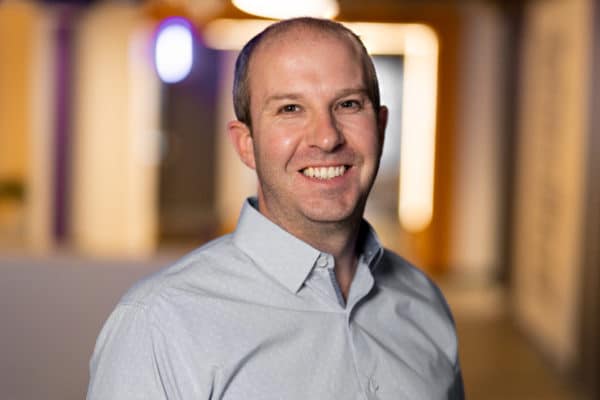#1. Assemble the Right Team
Sounds simple, but this is the first and most important step to effective event design. To gain alignment throughout your organization, you need the right voices in the room to help break through any bias that may be hiding behind your existing meeting. Beyond just your daily planning team, executive stakeholders should be involved in the strategic design process. Need the CFO to write the check? Involve them if necessary so they understand the value of what you’re planning for.
#2. Find Your Event Design Principle
The very definition of the word principle sums it up nicely – a fundamental proposition that serves as the foundation for a system of belief or a chain of reasoning. Why this event? Why this group? Why now?
Once you find your event’s organizing design principle, it serves as the north star that keeps your team laser-focused on your event’s purpose. It also gives you the power to say NO if it doesn’t serve the common vision.
#3. Design With Intention
Getting the most out of your event investment means engaging your attendees before, during and after the experience. By breaking down your meeting or event into various key phases, you can intentionally design each towards your goals and design principle. Key phases of a typical event are below, and should be surrounded by a holistic communication plan:
- Announcing: capture their attention
- Attracting: court the right audience
- Anticipating: build excitement
- Arriving: an often overlooked surprise and delight opportunity
- Entering: make a strong first impression
- Engaging: disruptive and strategic engagement throughout
- Exiting: create a signature closing moment
- Extending: sustain the excitement and engagement
#4. Create the Best Program (for now…)
Great corporate meetings and events require constant attention and care (sorta like small children). Try not to focus on creating the “perfect” approach, because in our 40 years as an agency, we haven’t seen one. Experience design is a journey, and should be continually optimized with attendee feedback to iterate new ideas to see what takes hold and produces the best results. A good exercise to keep you focused is to use the following simple questions as you develop tactical elements of each phase of the experience…
What Is?
Focus on the current state and who this is designed for.
What If?
What if budget were no obstacle?
What Wows?
Make design decisions that will leave a lasting impression.
What Works?
Create a plan of action.
#5. Target the Right Persona
Your attendees are the heart of the experience you’re designing. It’s critical to understand who they are and what they value to engage them in personal and meaningful ways. Even small audiences bring with them a diverse array of personas. While you can’t personally target them all, you can begin to segment important groups. These include first-time attendees, long-time attendees, those newly promoted to leadership, and much more. By strategically breaking down persona groups within your audience, you can begin to understand the right levels of engagement for each. This also offers you the opportunity to communicate with specific groups to gauge their interests.
#6. Activate Their Emotions
Positive, rewarding experiences are created by designing around specific behavior drives. Designed right, experiences enable people to be at their best and feel good about their personal development. These behaviors can be unique to your organization and culture, but broadly revolve around the following:
Learn
Attendees crave can’t-find-anywhere-else content and information. Are you offering them the right information to learn new ideas and ways of working?
Connect
Meeting new people and building new relationships are what make live events powerful. Build an agenda with the right amount of white space to allow people to meaningfully connect with others.
Share
Just as important as learning new skills and information, people want to share their knowledge with others, express themselves, and be curious.
#7. Make It Unforgettable
The most rich, engaging experiences draw from the following four areas to hit the sweet spot:
Entertainment
How do you make it more fun and enjoyable?
Education
Are you offering the right mix of content, experiential learning and networking?
Escapism
What creates a greater sense of escape from reality?
Esthetic
What makes you want to hang out even longer?
Download Our eBook: 8 Fundamentals of an Internal Communications Strategy
If your people are sending out the “whatever” vibes, it’s time to get back to the basics. Make sure your internal communication strategy is following 8 fundamentals to cultivate an engaged workforce aligned with your company’s success.
#8. Measure Everything
Think beyond the traditional event survey and capture strategic and tactical feedback from the key phases of your event. Attendees are often more willing to offer candid feedback in the moment vs. filling out a survey emailed to them a week after the event. Utilize event tech such as session scanners or event BLE beacons to see heat maps of where attendees are spending the most time. This is where you begin to build YOY data to take your event strategy to the next level.
Not sure where to start? Our team at CPG Agency specializes in experience design to help you get where you want to go. Our experience design process goes deeper on all of this with a fun, creative twist. Let’s make some magic happen.

